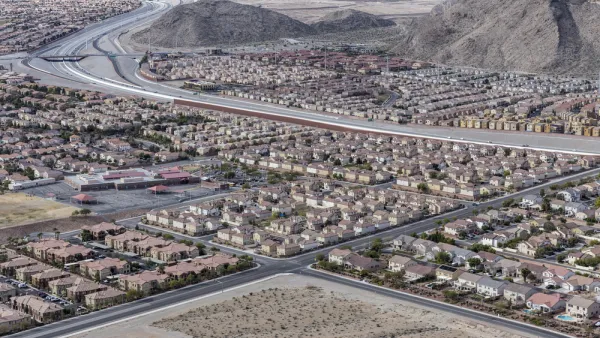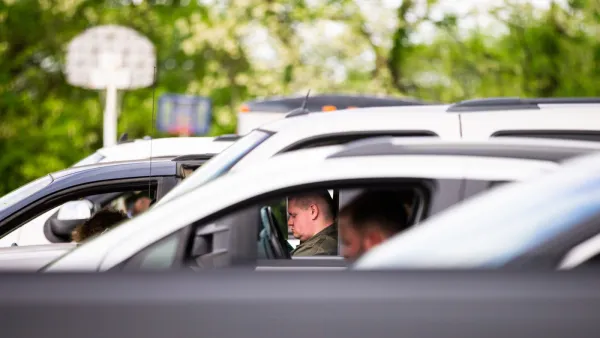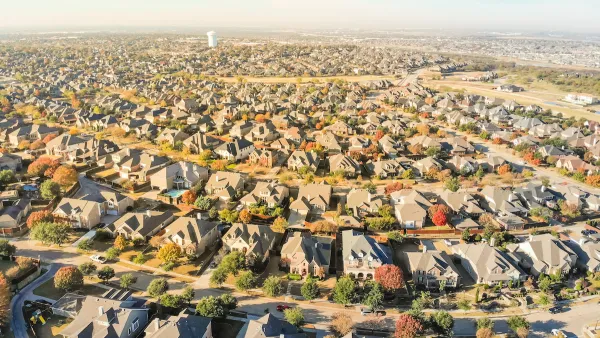The car-centric design of many U.S. cities traps young people at home, preventing them from engaging in social activities and urban life.

In an opinion piece published in Congress for New Urbanism’s Public Square, high school senior Rahul Rejeev argues that “The lack of effective transit, coupled with the lack of kid-friendly destinations and the feeling of more dangerous neighborhoods, means that today’s youth find it harder than ever to go outside, meet up with friends, and form more meaningful relationships.”
The American reliance on the personal automobile particularly impacts young people, many of whom face barriers that prevent them from getting their licenses or buying cars even when they’re old enough. “Lack of mobility coupled with large distances means that kids are far from the places where they want to hang out,” isolating them from social and economic opportunities. “Public transport is the only guaranteed way for a young person to be free and enjoy mobility,” Rejeev writes.
For Rejeev, zoning reform, pedestrian-friendly infrastructure, and efficient public transit are not just ways to curb carbon emissions and reduce car dependency, but also significant ways to improve the lives of young people.
FULL STORY: Children, left behind by suburbia, need better community design

National Parks Layoffs Will Cause Communities to Lose Billions
Thousands of essential park workers were laid off this week, just before the busy spring break season.

Retro-silient?: America’s First “Eco-burb,” The Woodlands Turns 50
A master-planned community north of Houston offers lessons on green infrastructure and resilient design, but falls short of its founder’s lofty affordability and walkability goals.

Delivering for America Plan Will Downgrade Mail Service in at Least 49.5 Percent of Zip Codes
Republican and Democrat lawmakers criticize the plan for its disproportionate negative impact on rural communities.

Test News Post 1
This is a summary

Test News Headline 46
Test for the image on the front page.

Balancing Bombs and Butterflies: How the National Guard Protects a Rare Species
The National Guard at Fort Indiantown Gap uses GIS technology and land management strategies to balance military training with conservation efforts, ensuring the survival of the rare eastern regal fritillary butterfly.
Urban Design for Planners 1: Software Tools
This six-course series explores essential urban design concepts using open source software and equips planners with the tools they need to participate fully in the urban design process.
Planning for Universal Design
Learn the tools for implementing Universal Design in planning regulations.
EMC Planning Group, Inc.
Planetizen
Planetizen
Mpact (formerly Rail~Volution)
Great Falls Development Authority, Inc.
HUDs Office of Policy Development and Research
NYU Wagner Graduate School of Public Service





























